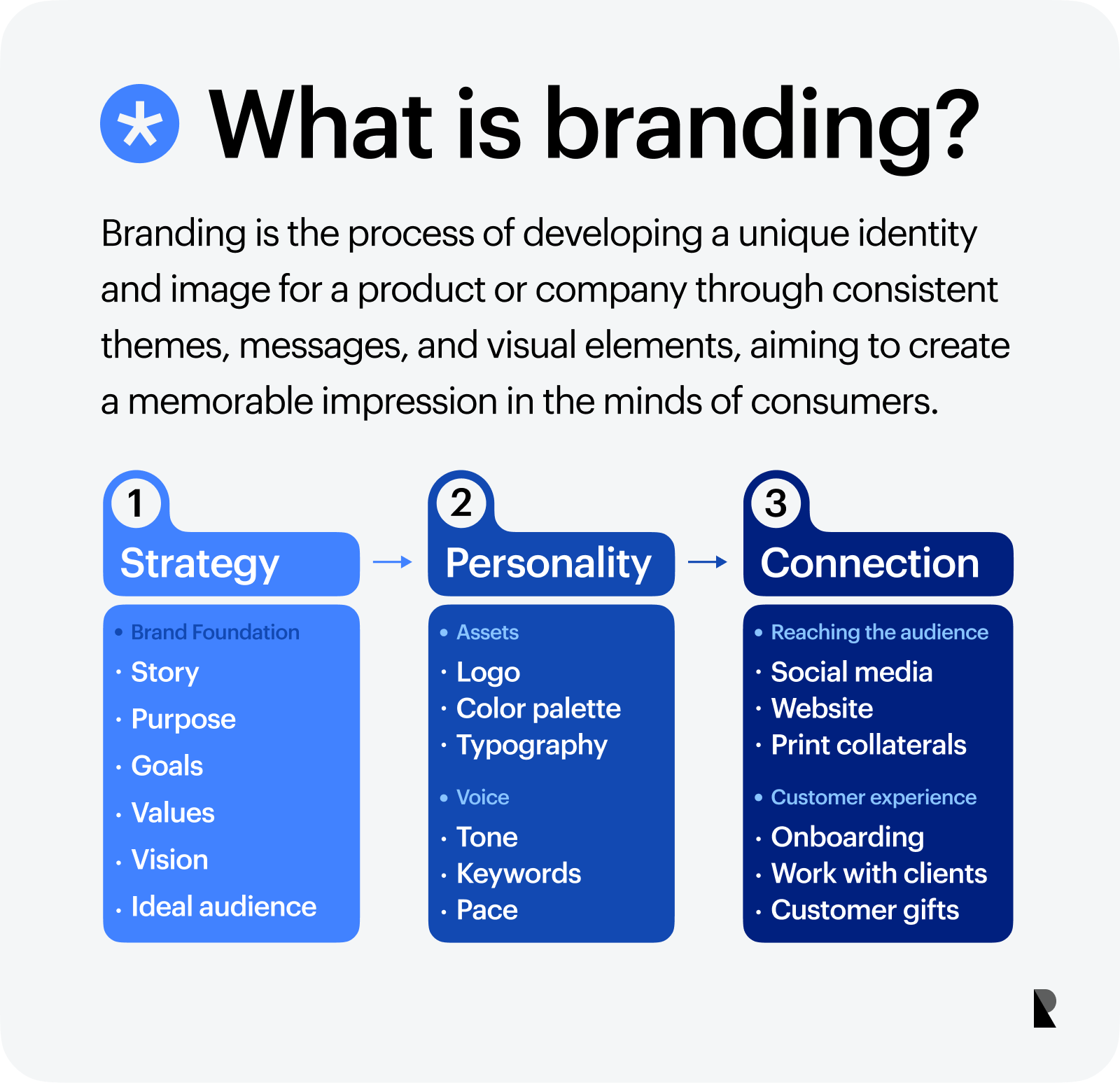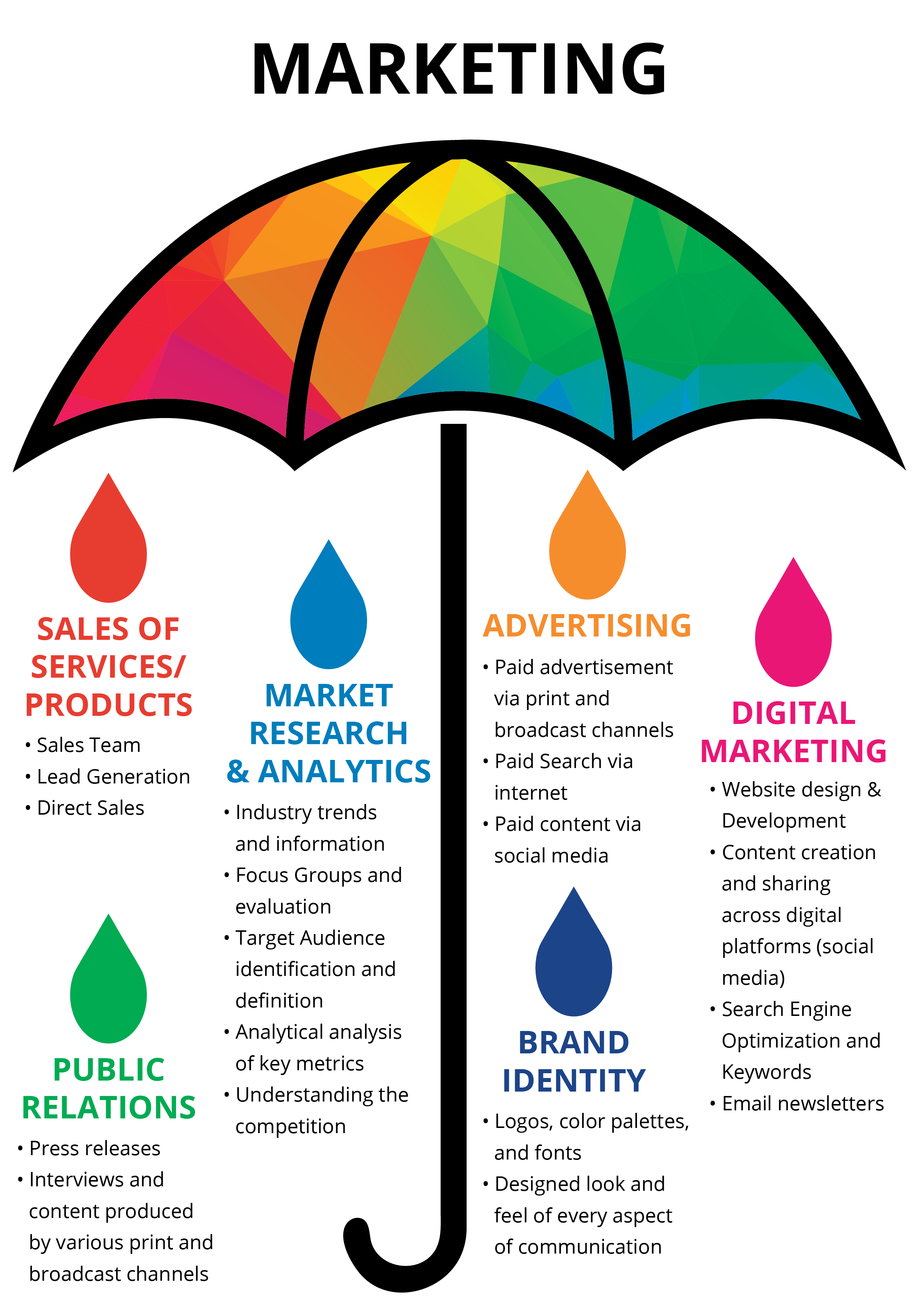The Essential Elements of Robust Branding Every Company Must Know
The Power of Durable Branding: A Guide to Enhancing Your Brand's Strength
A distinct brand identification not just sets a business apart however additionally cultivates count on and commitment amongst consumers. Lots of organizations forget critical strategies that can additionally enhance their brand name's strength.
Recognizing Brand Identification
A brand name identification incorporates the one-of-a-kind elements that differentiate a business from its rivals and resonate with its target audience. This identification is constructed through numerous components, consisting of visual components, messaging, and overall brand experience. A natural brand identification not only communicates what a business means yet additionally builds acknowledgment and loyalty amongst customers.
Central to brand identity are visual aspects such as logos, color pattern, and typography. These components produce an aesthetic depiction of the brand name that can stimulate certain sensations and understandings. Consistency across platforms strengthens brand name recognition and cultivates trust.
Furthermore, the messaging linked with a brand name, including taglines and interaction design, plays a crucial duty fit its identification (Robust Branding). The tone of voice and language made use of can convey the brand's character, whether it is specialist, playful, or ingenious
Last but not least, the overall brand experience, encompassing customer interactions and touchpoints, affects how customers perceive the brand. A favorable and regular experience fosters a solid brand identification that can sustain market variations and competitors. Generally, a distinct brand identification is vital for developing a meaningful visibility in today's vibrant marketplace.
Structure Psychological Connections
Developing a solid brand name identification functions as a structure for fostering emotional links with customers. These connections are essential, as they not only improve consumer commitment but likewise encourage advocates who will promote your brand. To develop emotional ties, brand names have to initially determine the core worths and objective that resonate with their target audience. By straightening these values with the customers' beliefs, brands can create a sense of common objective.
Narration plays a crucial role in this procedure. Brand names that narrate genuine and relatable tales can evoke emotions, enabling customers to see themselves in the brand's trip. Furthermore, integrating visuals that mirror the brand name's essence can further grow psychological involvement.
Another reliable method is to customize customer communications. Customizing experiences based on consumer choices promotes a feeling of belonging and relevance. Involving with customers with social media systems can also improve these emotional connections, as it gives an area for discussion and community building.
Inevitably, brands that prioritize psychological connections are more probable to grow long-term connections, leading to boosted consumer retention and advocacy. By producing meaningful communications, brands can change consumers right into faithful fans, driving long-lasting success.
Uniformity Across Networks
Maintaining consistency throughout all networks is important for strengthening brand name identification and depend on. When customers come across a brand name, they expect a consistent experience, regardless of the system.
To achieve this, companies should establish clear brand guidelines that describe using logos, shade combinations, typography, and intonation. These guidelines act as a reference for all staff member and external companions, making sure harmony across marketing products and consumer communications.
Furthermore, regular audits of all communication networks can aid recognize discrepancies and locations for renovation. By actively keeping an eye on these channels, brands More Bonuses can promptly attend to variances, thus maintaining a natural identification.
Eventually, a consistent brand name existence not only enhances acknowledgment however also cultivates a sense of reliability amongst consumers. When customers recognize what to anticipate, they are more probable to engage with and advocate for the brand name, solidifying its placement in a competitive marketplace.
Leveraging Brand Name Storytelling
Brand name storytelling functions as a powerful device for appealing customers on a deeper psychological level. By weaving stories that show the brand's worths, mission, and individuality, firms can produce a genuine connection with their target market. An engaging brand tale goes beyond mere item features, welcoming consumers to enter into a larger story that resonates with their very own experiences view it and ambitions.
To efficiently leverage brand name storytelling, services should recognize their distinct voice and core message. This story needs to be constantly connected with numerous channels, ensuring positioning with the brand name's general identification. Engaging stories can be shared via multiple styles, consisting of social networks, ads, videos, and blog sites, permitting brand names to get to customers where they are most responsive.

Determining Brand Stamina

To efficiently determine brand name toughness, businesses can utilize quantitative approaches such as studies and analytics tools. Surveys can analyze brand awareness and customer view, while analytics why not look here can track involvement on electronic systems. In Addition, Internet Marketer Rating (NPS) works as an important metric to assess customer loyalty and the likelihood of recommendations.
Qualitative information, collected with emphasis groups or social media listening, can enhance measurable findings, providing a much deeper understanding of customer understandings. Furthermore, tracking market share and sales growth can further illuminate the brand name's affordable standing.
Inevitably, a detailed technique to determining brand name stamina includes both qualitative and quantitative analysis. By consistently reviewing these metrics, brands can make informed choices to enhance their positioning, adjust to consumer choices, and eventually strengthen their market visibility.
Final Thought

Finally, the total brand name experience, incorporating client communications and touchpoints, influences how consumers regard the brand. Brand names that narrate relatable and authentic tales can stimulate feelings, allowing consumers to see themselves in the brand name's trip. Inevitably, by leveraging brand narration, businesses can promote commitment, inspire campaigning for, and grow a community around common values, therefore improving their overall brand toughness.
While developing a strong brand identity is vital, gauging brand strength is equally essential to assess its efficiency and influence in the marketplace (Robust Branding). Brand strength encompasses various metrics, including brand awareness, customer loyalty, and perceived worth